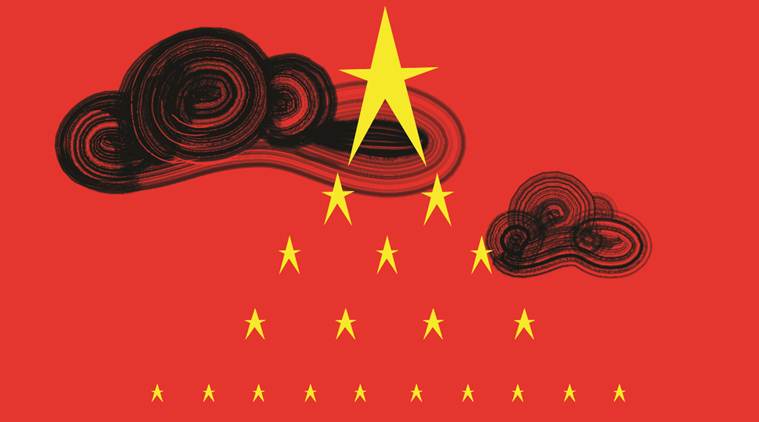The border clash between the Indian Army and the Chinese People’s Liberation Army (PLA) has sparked an anti-China sentiment throughout country. Calls to boycott Chinese goods and reduce import from China have grown louder and stronger by the day from up top in the political elite, to the streets next to our homes. India-China border dispute dates back to a long time. But is it the only border dispute that China has?
China has border disputes with as many as 18 countries that surround China from all sides. From India to Japan to The Philippines to Vietnam, China has on several occasions been the subject of criticism by the international community over its ‘ overly expansionist policies’.
Here are the 18 countries that have been troubled by the Dragon’s aggressive expansionist policies:
- Japan – Parts of South China Sea particularly Senkaku Islands, Ryukyu Islands are claimed by Japan and both countries are over a long time tussle with this boundary issue
- Vietnam – Chinese claim large parts of Vietnam on historical precedent (Ming Dynasty, 1368-1644). Also, Macclesfield Bank, Paracel Islands, parts of the South China Sea and the Spratly Islands.
- India – China occupies 38,000 sq km Indian territory that goes by the name Aksai Chin. It also claims Arunachal Pradesh and Ladakh. These led to the recent clashes between the PLA and the Indian Army.
- Nepal – China claims parts of Nepal dating back to the Sino-Nepalese War in 1788-1792. China claims they are part of Tibet, and hecne a part of China.
- North Korea – Baekdu Mountain and Jiandao. China has also on occasion claimed all of North Korea on historical grounds (Yuan Dynasty, 1271-1368).
- The Philippines – Parts of the South China Sea are contested between the China and Phillippines. The Philippines took this to the International Court of Justice, where they won the case but the Chinese did not abide by the order of the ICJ.
- Russia – 160,000 square kms is still unilaterally claimed by China, despite China signing several agreements to pacify the disputed area.
- Singapore – Parts of the South China Sea are contested by both countries.
- South Korea – Parts of the East China Sea. China has also on occasion claimed all of South Korea on historical grounds (Yuan Dynasty, 1271-1368).
- Bhutan – Bhutanese enclaves in Tibet, namely Cherkip Gompa, Dho, Dungmar, Gesur, Gezon, Itse Gompa, Khochar, Nyanri, Ringung, Sanmar, Tarchen and Zuthulphuk. Also Kula Kangri and mountainous areas to the west of this peak and the western Haa District of Bhutan is claimed by China.
- Taiwan – China claims all of Taiwan, but particularly Macclesfi eld Bank, Paracel Islands, Scarborough Shoal, parts of the South China Sea and the Spratly Islands. The Paracel Islands, also called Xisha Islands in Vietnamese, is a group of islands in the South China Sea whose sovereignty is disputed among China, Taiwan and Vietnam disputes the land with Burma.
- Laos – China claims large areas of Laos on historical precedent again(China’s Yuan Dynasty, 1271-1368).
- Brunei – Spratly Islands.
- Tajikistan – China claims this based on historical precedent (Qing Dynasty, 1644-1912).
- Cambodia – China has, on several occasions, claimed parts of Cambodia on historical grounds(China’s Ming Dynasty, 1368-1644).
- Indonesia – Parts of the South China Sea.
- Malaysia – Parts of the South China Sea, particularly Spratly Islands.
- Mongolia – Chinese claim all of Mongolia on historical precedent (Yuan Dynasty, 1271-1368). Interestingly, Mongolia, under Genghis Khan, occupied China.
Given that the Sino-Indian territorial dispute has been festering since the late 1950s, it is difficult to avoid the conclusion that the current lack of clarity amongst our policy and decision makers is rooted in incomprehension of the long-term strategic objectives that underpin China’s belligerent manner.
PNN/Agencies
